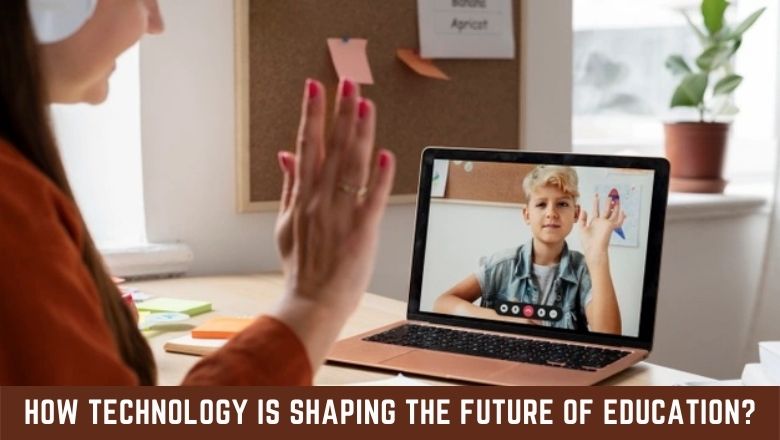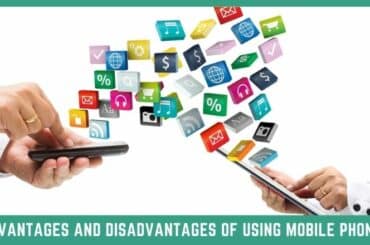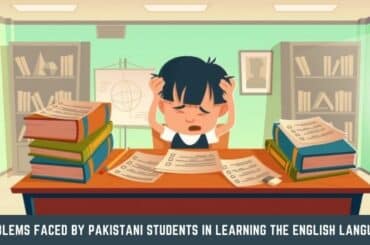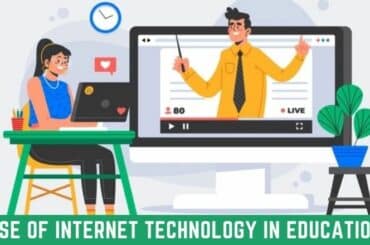Technology has revolutionized almost everything in our lives, so education systems worldwide appear to need an update. We will discuss today How Technology is Shaping the Future of Education.
Table of Contents
Digital revolutions and new technologies have enabled many educators to embrace the potential of students, but can they adapt quickly enough to equip them with the skills they need for the new workplace?
Technology’s significance in classrooms
Best Education Degrees has created an infographic illustrating how classrooms are being transformed by technological advancement.
The Next Generation
For some, technology may seem impenetrable, but younger generations feel it is constantly present.
Online users make up one-third of the population, so it’s not surprising that they are more connected and technologically proficient than their parents.
Education administrators have to address changing educational needs of children as well as prepare them for an uncertain future of work. But what should be prioritized?
The 21st century requires a new paradigm for learning and teaching
Most of the 1,400 teachers surveyed believed that self-paced learning will play a crucial role in future classrooms.
This student-centric approach places children in control of their pace and learning objectives since their interests would be considered in determining the pace. Various technologies such as artificial intelligence, chatbots, and video-based learning could facilitate their learning process.
Artificial Intelligence
In education, artificial intelligence usually focuses on identifying what a student already knows and then tailoring curriculum based on what they already know.
With over 50 million downloads throughout 2018, Duolingo, a language learning app powered by AI, positions itself as one of the most popular apps in the industry.
Using the app for just 34 hours has been found to be equivalent to studying for a whole semester of foreign language education at an undergraduate university.
Duolingo’s success demonstrates artificial intelligence in education’s potential for growth with the sector expected to reach $6 billion by 2025. China is anticipated to be the largest contributor to this total, and the U.S. is expected to come in second.
Chatbots
New technologies such as chatbots are rapidly being adopted in next-generation education. They simplify the interaction between computers and students and provide a variety of advantages, including:
- Memorization optimized through algorithms and repetition.
- The feedback can be provided faster and more accurately than if it were done by teachers.
- Autonomous learning: Determined by a student’s performance and objectives.
Teachers can use these tools to create new strategies for engaging students, while at the same time reducing the workload.
Video Learning
Despite the fact that video-based learning is not considered as innovative as artificial intelligence or chatbots, 98% of educators believe it is an important component of personalized learning experiences.
Nearly all institutions report some form of the use of video in curriculums, but this may be becoming increasingly popular among students in the near future.
In this way, video education enhances student satisfaction by 91%, and student achievement by 82%, and it is for these reasons that educators increasingly turn to video for things like:
- Make sure the students have all the materials they need to complete their assignments.
- How feedback is given to students
- Worksheets for blended learning interventions (flipping instruction)
Online education replaces traditional classrooms with flipped classrooms at times.
Technologists vs. Traditionalists: A war for the future
The shift towards flipping classrooms has resulted in a radical change in how students are absorbing information. By allowing students to work in groups during class time, this relatively new model eliminates homework.
It appears that the traditional educational model is being disrupted by new models of learning, but are increasing screen time hours detrimental to children’s development?
Various low-tech or tech-free schools have also appeared in recent years with the belief that children will learn better by reading books rather than using screens.
First-Class Humans
It is undeniable that technology is a great teaching tool, although we are not quite in the age of the iTeacher just yet. The ultimate goal of education is to keep students in the center of it by providing them with psychological and developmental support.
“The future will be about using computer artificial intelligence along with the emotional, cognitive, and social abilities of humans so that we will educate first-class humans and not second-class robots.”
—OECD, Trends Shaping Education report
The more important skill is how children cope with change, as this is one constant in life.





